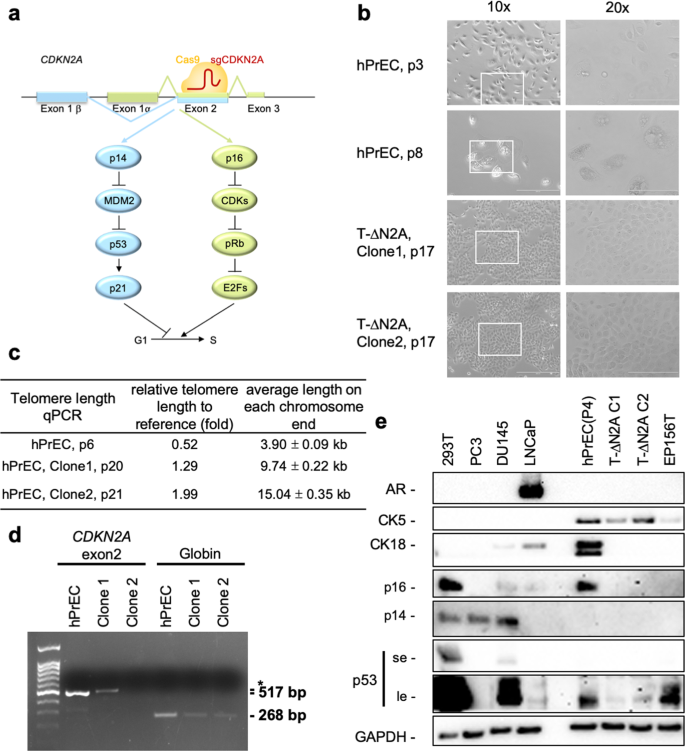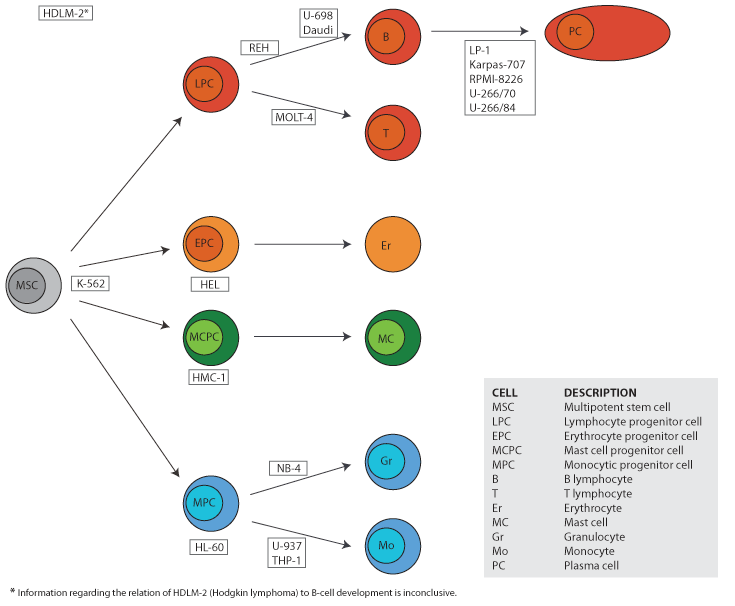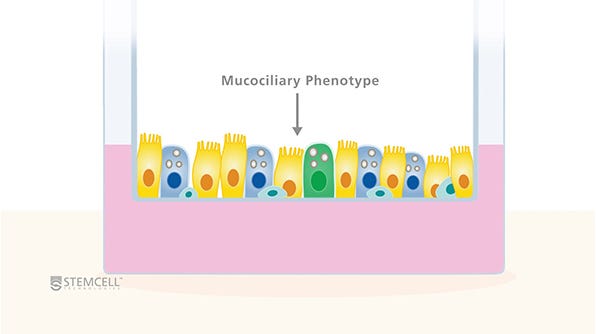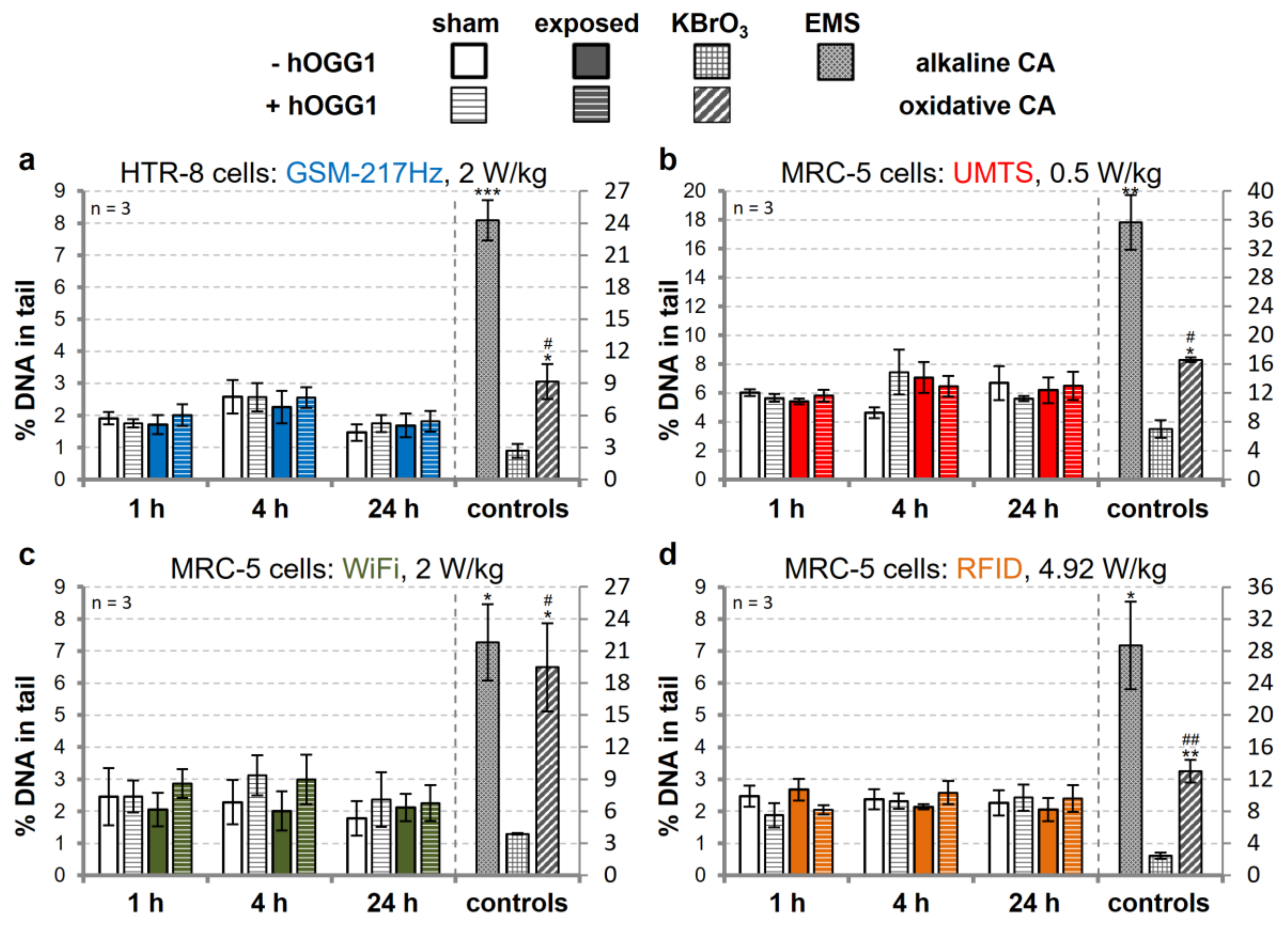Atcc was entrusted with its first cell line in 1962 and has consistently attained the highest standards and used the most reliable procedures to verify every cell line since.
Immortalized human fibroblast cell line.
Immortalised cell lines are widely used as a simple model for more complex biological systems for example for the analysis of the biochemistry and cell biology of mammalian including human cells.
Response to tgfß treatment by induction of α sma expression.
Htert immortalized human foreskin fibroblast cell line.
The spontaneously immortalized cells with stable growth rate were established after 20 to 30 generations in culture and then named 3t3 cells.
By passaging also known as splitting scientists transfer a.
The primary mouse embryonic fibroblast cells were transferred the t every 3 days the first 3 and inoculated at the rigid density of 3 10 5 cells per 20 cm 2 dish the second 3 continuously.
Expression of typical mesenchymal marker vimentin.
The atcc cell biology collection is one of the largest bioresources in the world and offers a complex array of human animal insect fish and stem cell lines from which to choose.
An immortalized fibroblast if cell line which was morphologically akin to the parental cell line was isolated.
The if cell line was evaluated for permissiveness to human cytomegalovirus hcmv infection after the if cell line surpassed the normal.
Immortalized cell lines are either tumorous cells that do not stop dividing or cells that have been artificially manipulated to proliferate indefinitely and can thus be cultured over several generations table 14 1 because immortalized cells continuously divide they eventually fill up the dish or flask in which they grow.
The main advantage of using an immortal cell line for research is its immortality.
Typical fibroblastoid morphology.
Htert immortalized primary cells atcc human telomerase reverse transcriptase htert immortalized cell lines represent a breakthrough in cell biology research that combines the in vivo nature of primary cells with the traditional cell line s ability to survive continuously in vitro.














































